Tim Cook's recent commitment to deepen Apple's China investment lands at a delicate intersection of geopolitics and corporate calculus. His pledge during a Beijing visit is more than routine. It is a bet on managing one of tech's most tangled relationships. How high are the stakes? China generates roughly $360 billion a year from its Apple partnership, roughly the GDP of South Africa. And most iPhones worldwide are produced or assembled there.
Where does Apple go from here?
Bottom line, Cook's China pledge is a masterclass in steering under pressure. Tariffs could squeeze gross margins to 46% to 47% in Q4 2025. At the same time, Apple has a $500 billion U.S. investment plan spanning silicon engineering, manufacturing, and AI research, alongside localized AI applications in China, the analysis shows.
Apple's deep ties to China's manufacturing web make relocation hard, according to supply chain experts. A dual track, heavy investment in both the U.S. and China, may be the only workable path to keep global dominance in a splintering world.
Full decoupling from China is near impossible in the short run. The lack of domestic engineering and manufacturing talent makes U.S. iPhone production extremely challenging. Chinese production remains essential for sales outside the U.S., and Apple gets nearly 60 percent of its revenue outside the Americas.
The picture is clear enough. Apple is playing a long game, betting it can operate in both spheres. Whether it pays off depends on geopolitics and Apple's ability to keep its balance between two superpowers. In a multipolar world, survival looks less like choosing sides and more like building bridges that can take a beating.




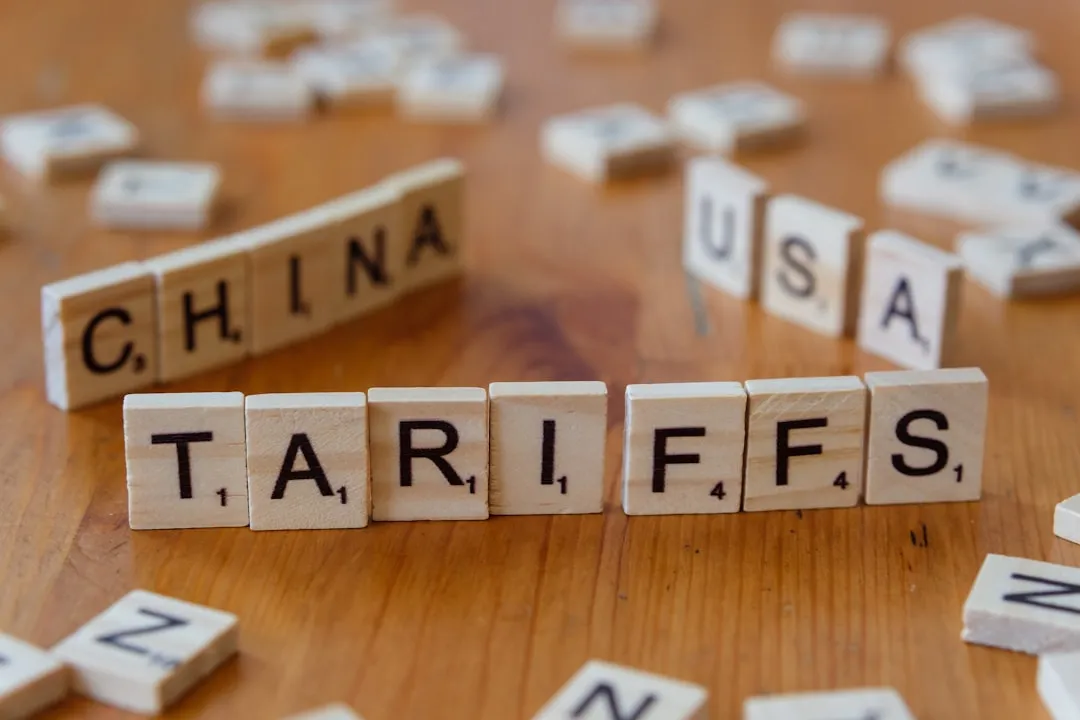
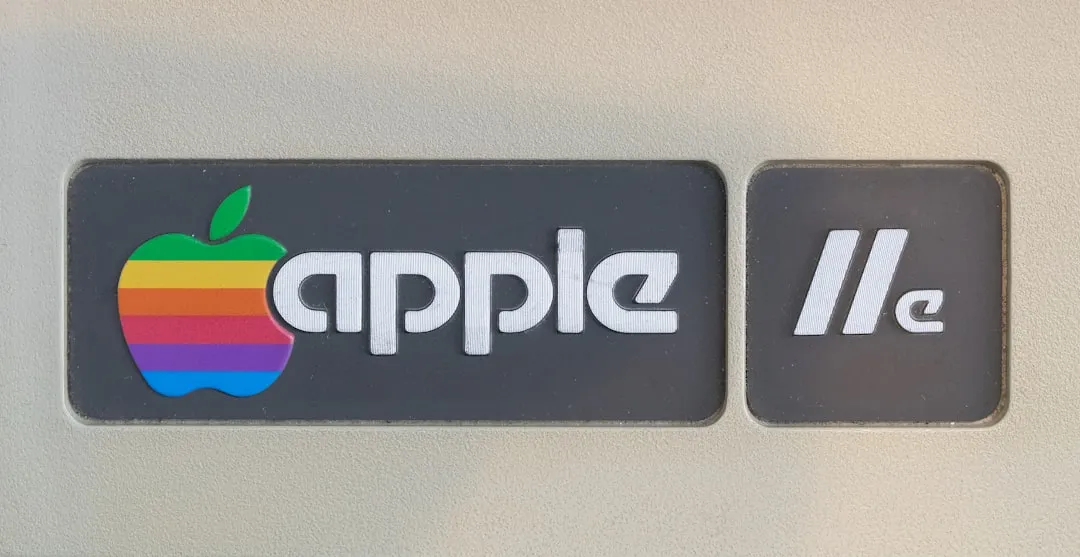

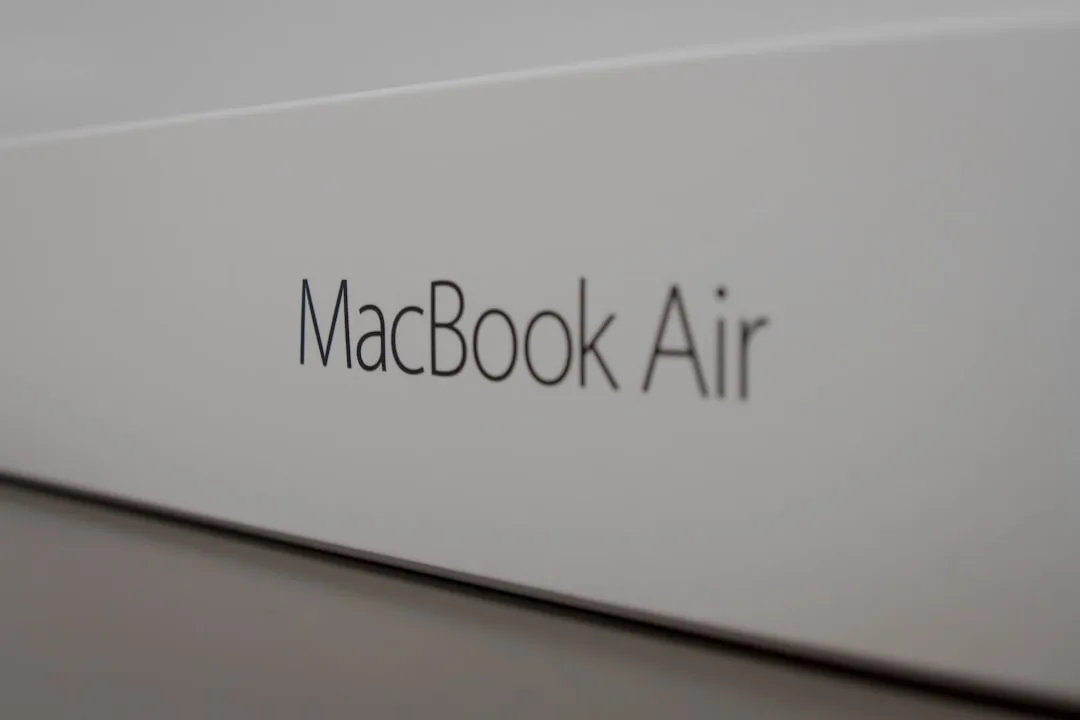
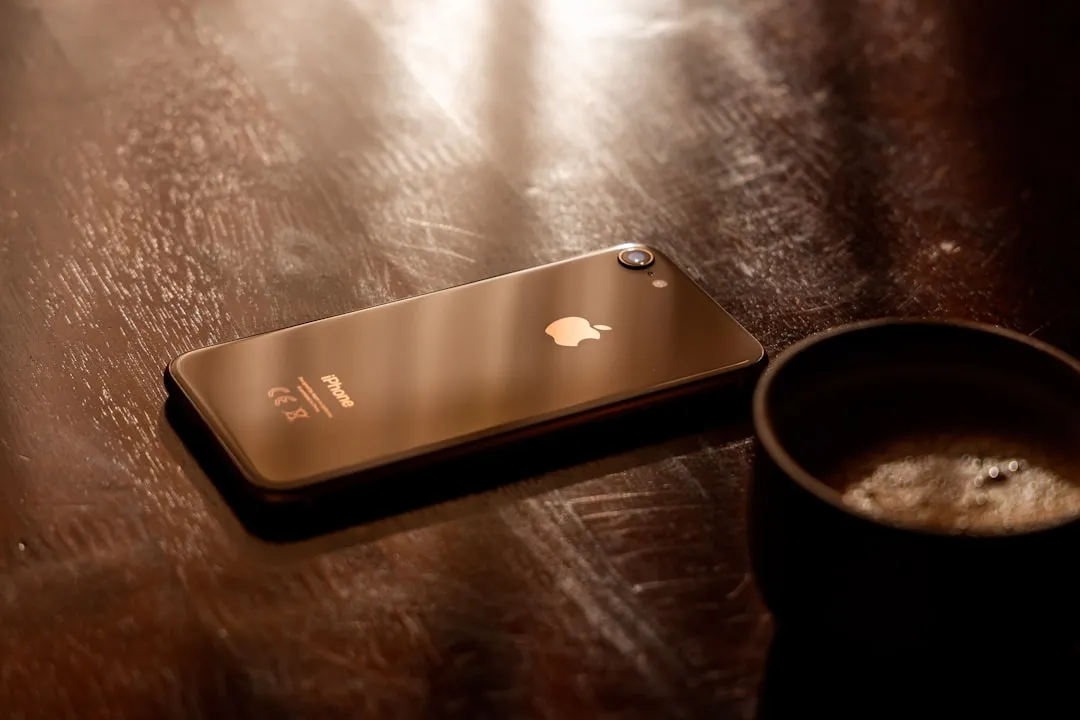

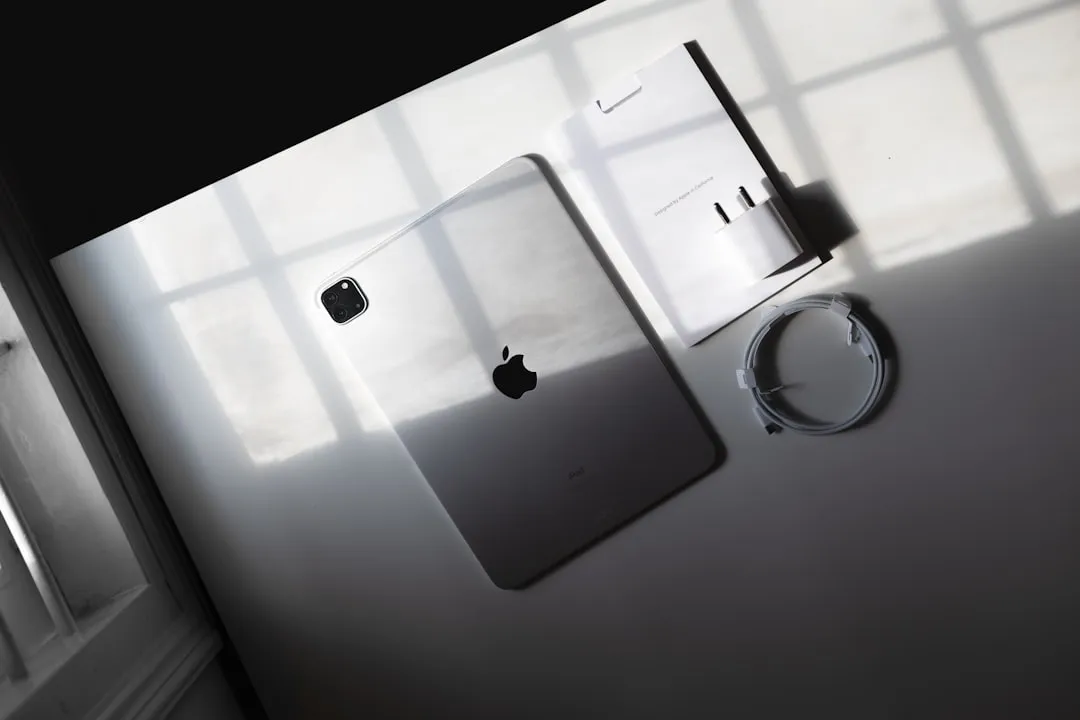
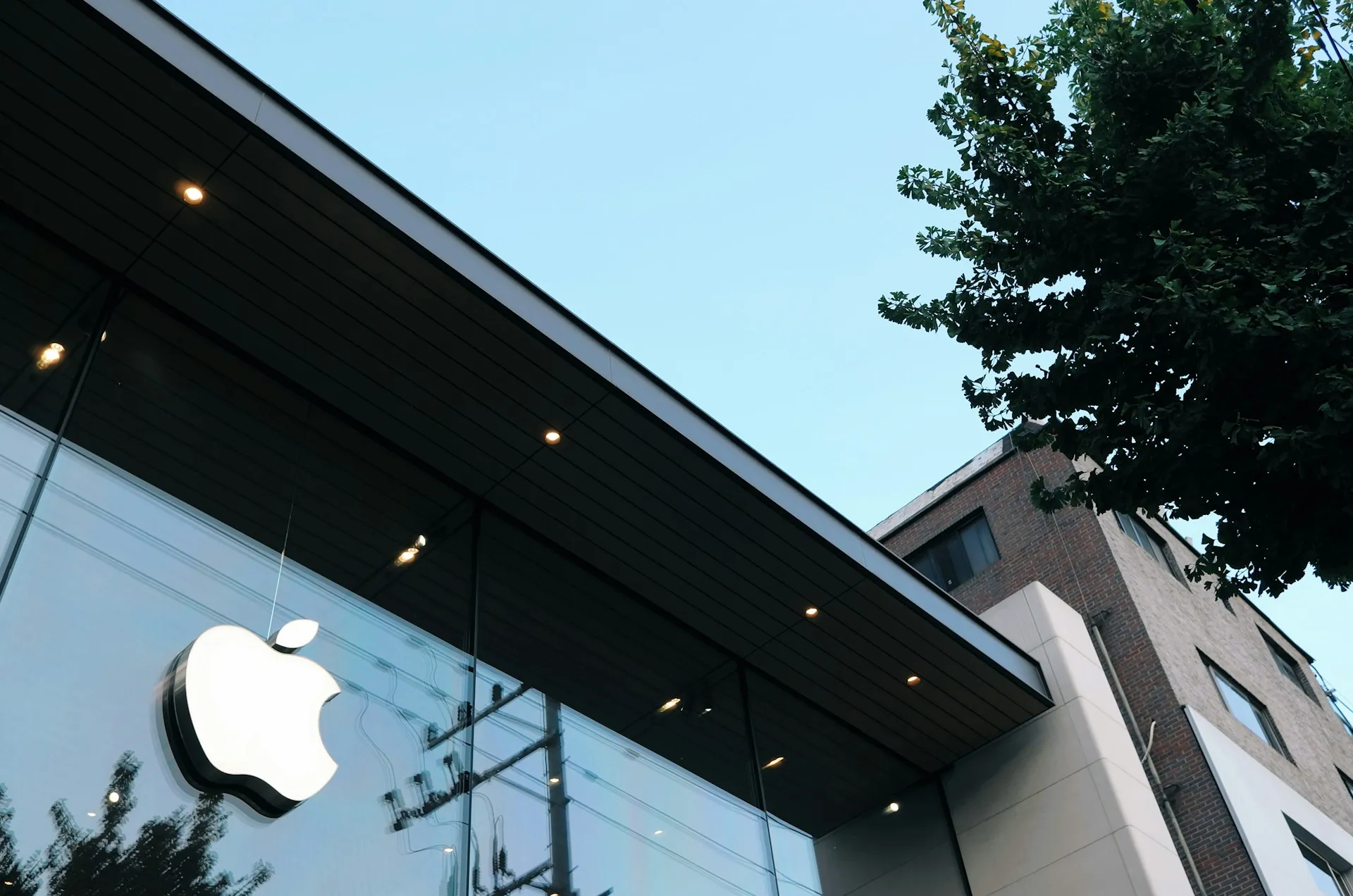
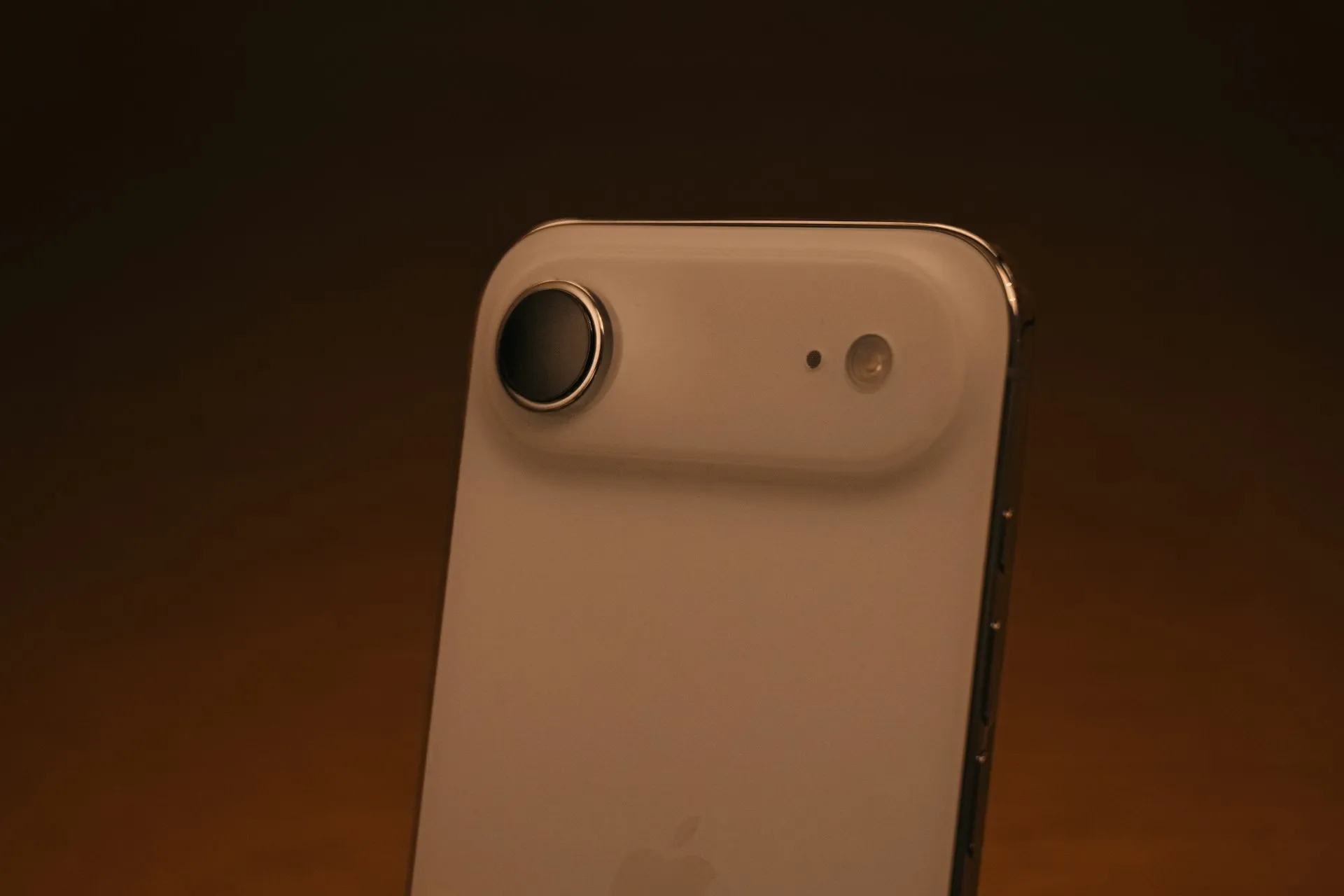
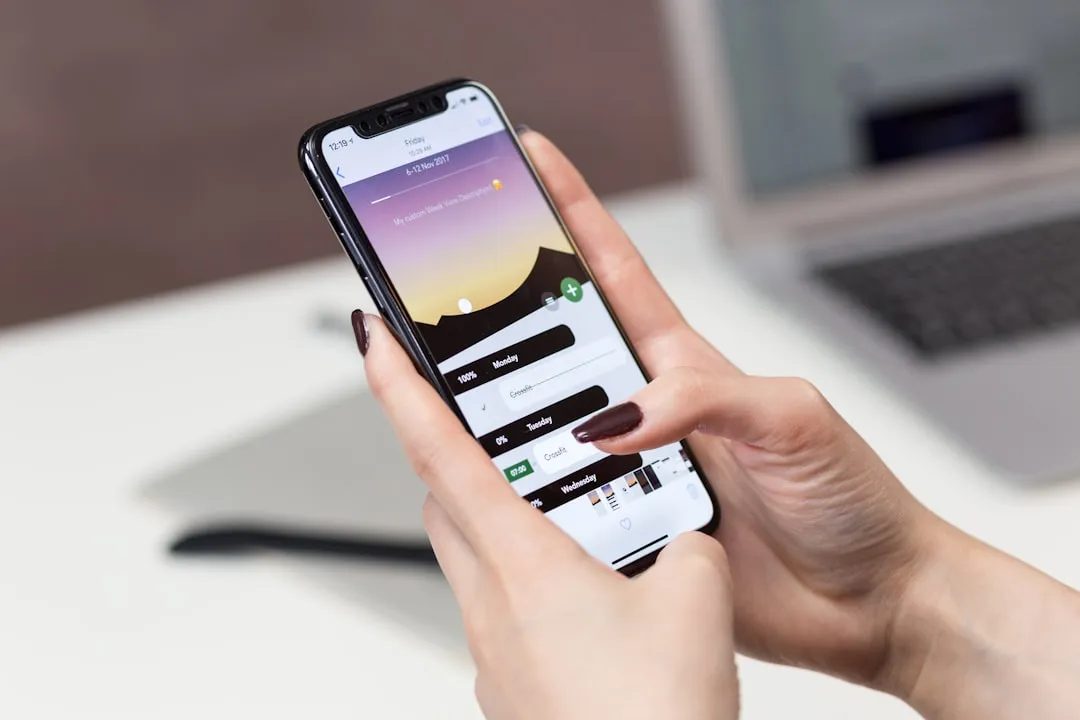
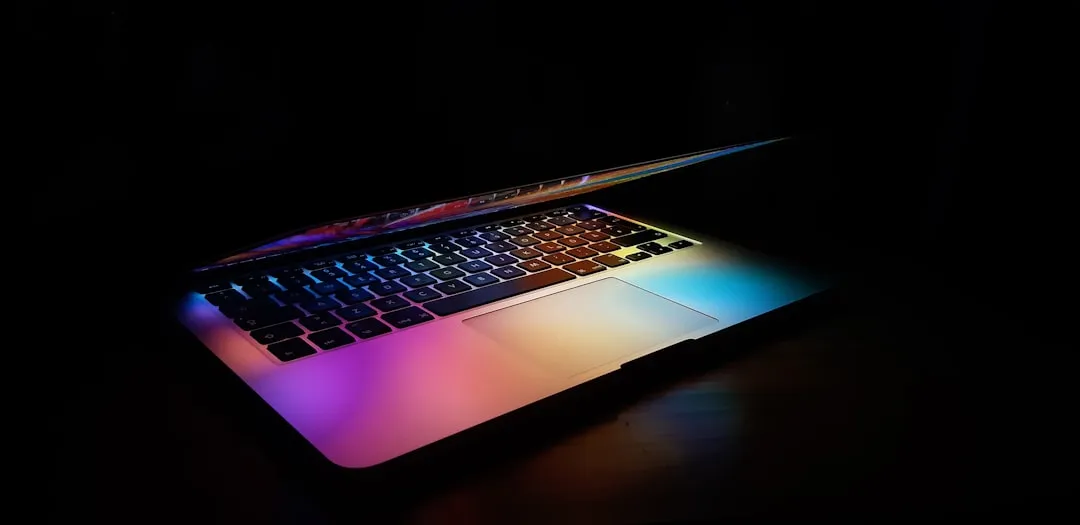
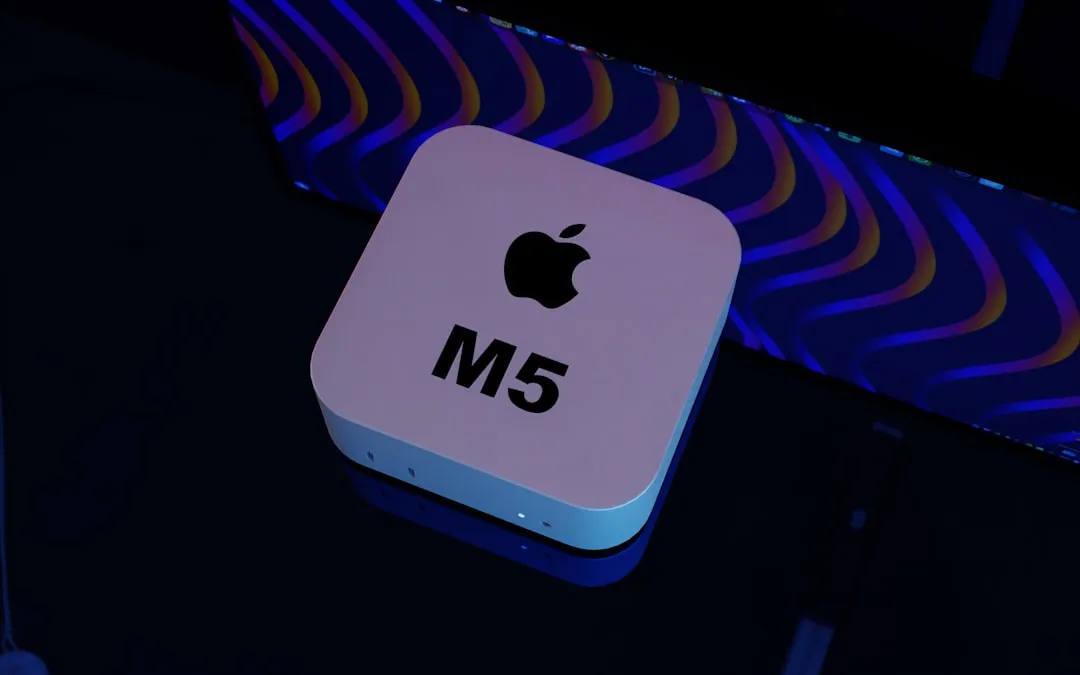
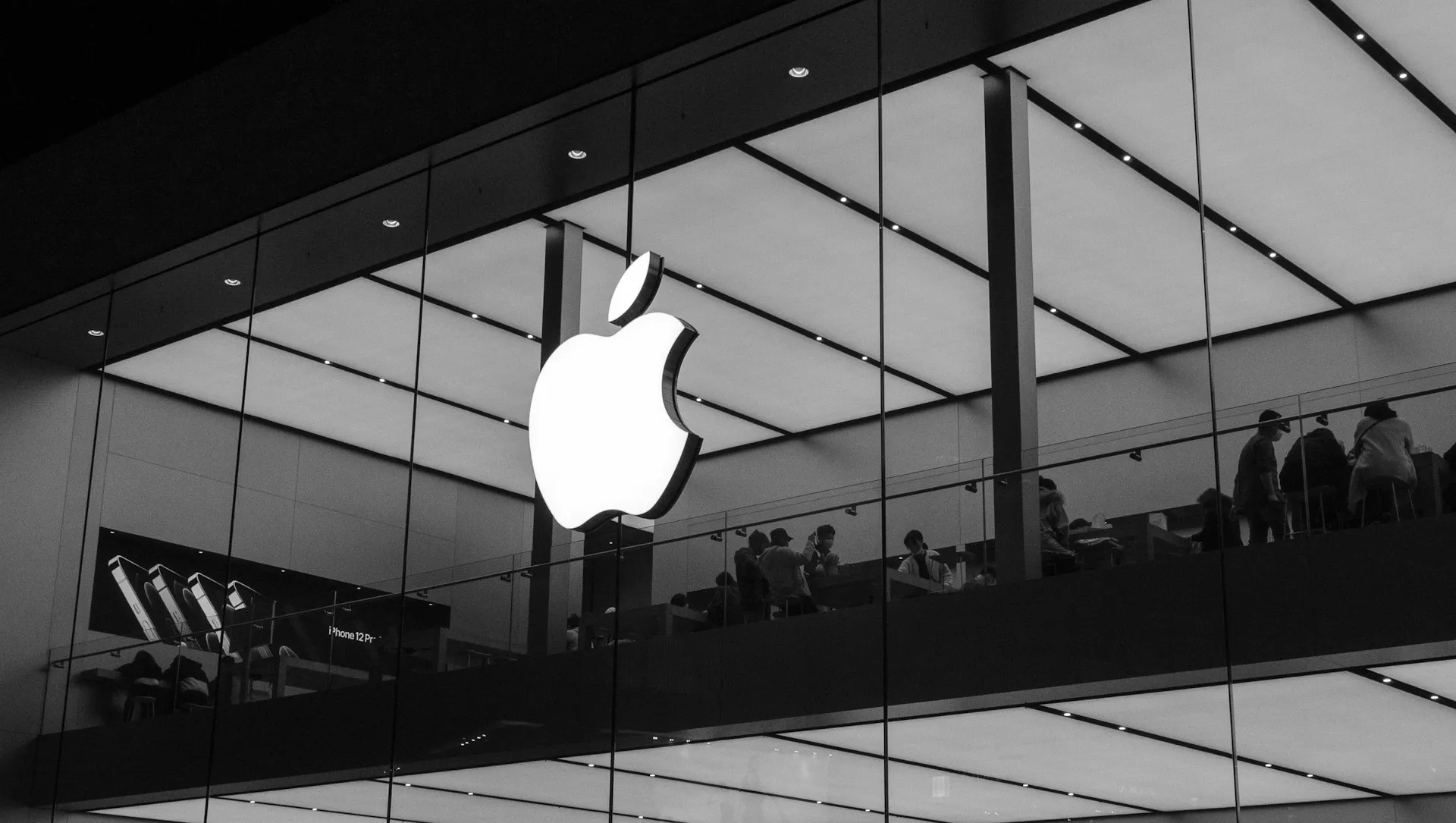







Comments
Be the first, drop a comment!